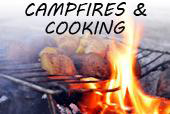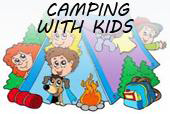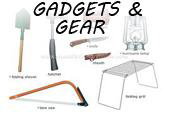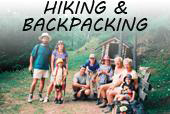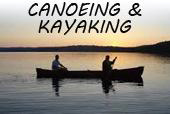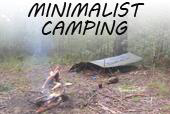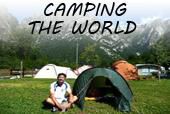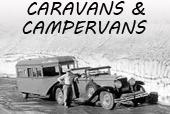 Finding the right camping stove for your style of camping is critical for a great family camping trip. There are several choices you need to consider before you purchase a camping stove.
Finding the right camping stove for your style of camping is critical for a great family camping trip. There are several choices you need to consider before you purchase a camping stove.
First consider the performance or boil time of a stove. Typically camping stoves are rated on boil time, or the time it takes to boil a quart of water using the proper fuel at the highest stove level. The boil time can range from two and a half minutes for a camping stove to ten minutes. You must also take into account the outside temperature as cooler temps can and will reduce the camping stove’s performance. If you have a large family or cooking for a group, you may want to purchase a higher performing stove as large quantities of food cooked on say a 10 minute stove may not heat large portions of food to acceptable levels.
Next rate the efficiency of the stove. Efficiency of a camping stove is measured on how long it can run at full heat on a gas or fuel cartridge. The best barometer for a camping stove is about ten minutes for every ounce of fuel. You will want to estimate about four ounces of fuel per day per person.
The Differences Between Cartridge Stoves And Liquid Gas Camping Stoves
Cartridge Camping Stoves are best suited for backpacking and small family cooking (2-3 persons) as they are lightweight and less bulky than liquid gas stoves. They are relatively low maintenance and a very reliable cooking stove. Most cartridge camping stoves are connected to the fuel canister through a tube to a single burner, while some burners attach directly on top of the canister. Although very dependable, cartridge stoves don’t work well in cold weather as the fuel typically has trouble igniting. So the use of liquid gas camping stoves are preferable for cold weather camping. You can overcome this by purchasing a heat exchanger or carrying the gas canister inside your coat.
The fuel cartridges contain pressurized fuel and come in a variety of convenient sizes. They are very handy as they are manufactured to be discarded after use, yet in this day we prefer the canisters that can be recycled! The canisters contain either butane, propane or a mixture of both.
Liquid Camping Stoves are stoves that are fueled by a refillable tank and typically use kerosene, white gas, automobile gas or alcohol. A big plus in our book is the fact that liquid camping stoves are more environmentally acceptable as the fuel tanks are reused and recycled, plus the fuel burns hotter or more efficiently than cartridge fuel stoves. Typically larger, heavier and bulkier, liquid camping stoves tend to be more difficult to operate but allow for several pots of food to be cooked at the same time at higher temps– a great advantage for family cooking!
One must consider the type of fuel and its availability too. Alcohol is very safe, stable and clean burning, yet as it burns with a cool flame so the effectiveness for cooking is diminished. Automobile gas and kerosene although they can be used it is highly NOT recommended, but it may be your only options when camping outside the US – expect lots of smoke and fumes and use in a well ventilated area. White gas is the most recommended fuel for camping stoves, as it burns at high temps in virtually any weather and altitude. Another plus, it’s widely available in the US.
Taking Care Of Your Camping Stove
One last note, before you go camping with either camping stove type; take your stove out to clean and do the basic maintenance in accordance with the manufacturer and by all means fire it up before you take to the wild outdoors. Getting to your camp site only to find your stove not working… well let’s just say it puts a damper on the whole vacation!

